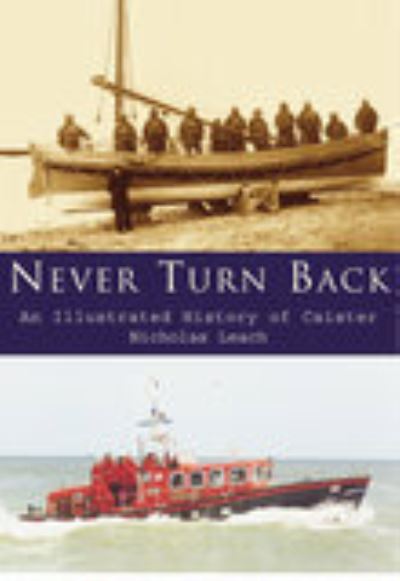
A century ago, in November 1901, tragedy hit the Caister lifeboat station when the Beauchamp lifeboat capsized near the beach trapping her crew underneath, of whom nine were killed. This disaster, one of the most famous and tragic incidents in the history of not only the Caister lifeboat station but also the RNLI, has been immortalised in the annals of lifeboat history. At the subsequent inquiry into the disaster, former Coxswain James Haylett was called as a witness. At the suggestion that the lifeboat was returning having failed to complete the rescue and the crew had given up in their rescue attempts, he replied 'No they never give up. Coming back is against the rules.' His answer has been famously misquoted as 'Caister men never turn back' and this emotive phrase, which captured the public imagination at the time, has since become synonymous with the lifeboatmen of Caister. The services described throughout the book demonstrate the great strength, both mental and physical, of the lifeboatmen. The men who manned the lifeboats allied that strength to stamina and courage in undertaking the dangerous task of rescue at sea. As will become clear, almost every service performed by the Caister lifeboats during this era was to a vessel aground on the sandbanks, the dangers of which cannot be underestimated.
| ISBN: | 9780752421469 |
| Publication date: | 1st December 2001 |
| Author: | Nicholas Leach |
| Publisher: | The History Press |
| Format: | Paperback |
| Pagination: | 158 pages |
| Genres: |
Maritime history |